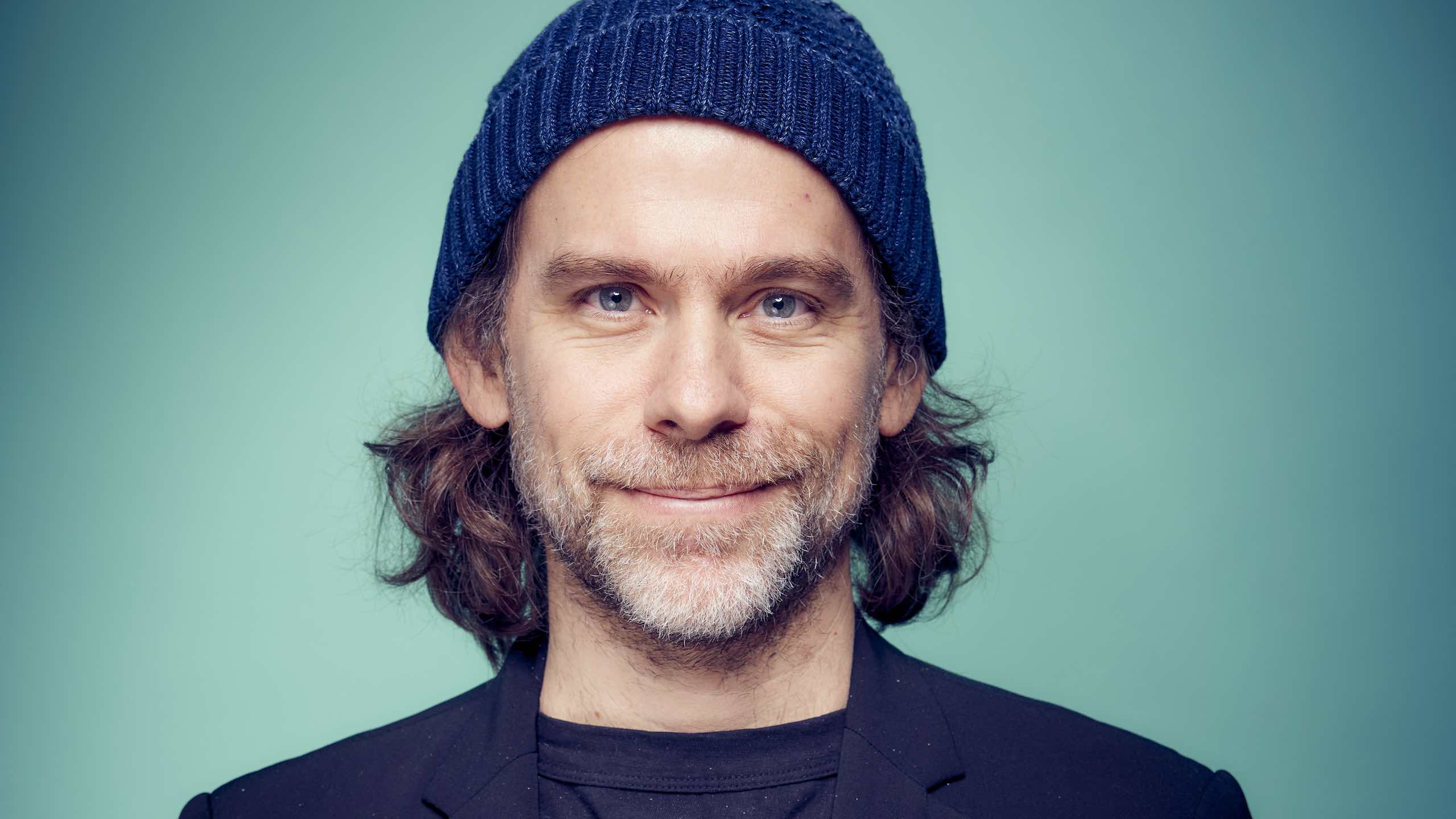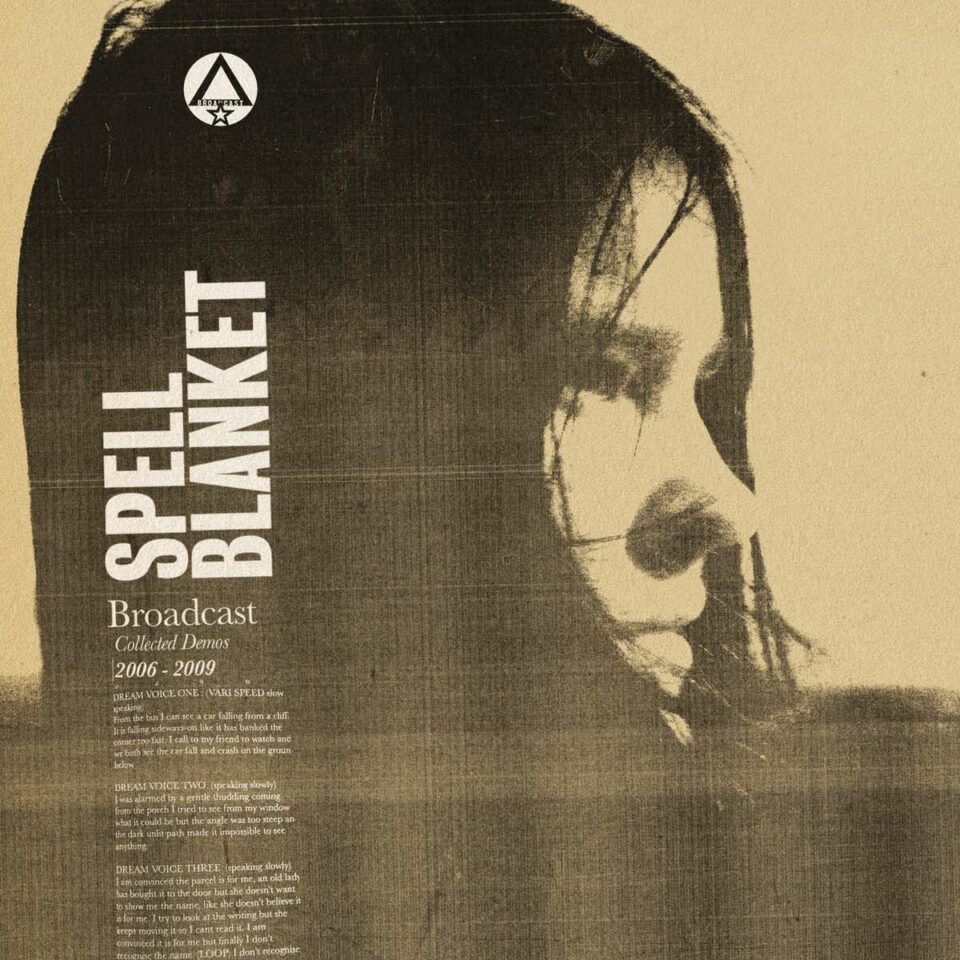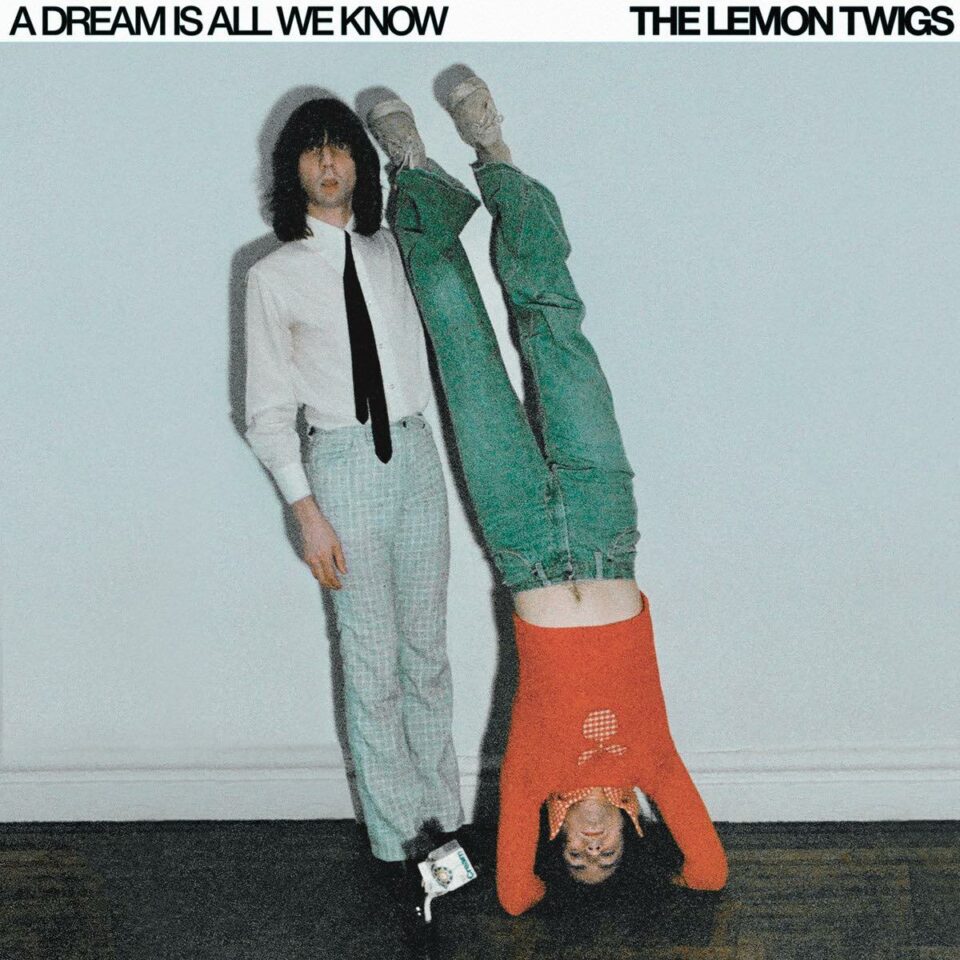When multi-instrumentalist Bryce Dessner isn’t busy as part of The National with his brother Aaron, or writing alongside Taylor Swift for The Tortured Poets Department, you can find him re-fashioning his work as a modern-classical writer for the big and little screen: as a score composer and music producer for films including The Two Popes, C’mon C’mon, and Sing Sing, along with helping to pad out Ryuichi Sakamoto and Alva Noto’s score for The Revenant.
While those projects allowed for ferocious, crackling ambience and sweeping, regal orchestration to play in the fields of cinematic discord, last month’s debut of Monica Beletsky’s Manhunt at Apple TV+ saw Dessner marrying those sounds in the series’ race to capture the man who assassinated Abraham Lincoln and bring to swift justice John Wilkes Booth’s murderous co-conspirators. Based on the book of the same name (subtitled The 12-Day Chase for Lincoln's Killer), Dessner’s score toys with the tonal elements of the post–Civil War South, with an electro-acoustic palate of bittersweet organic strings and dark synthetic clouds.
We caught up with Dessner ahead of his tour with The National to learn more about the project and what he learned from working with Alejandro Iñárritu, as well as to dive into a bit of Dessner familial folklore.
Do you see what you do as a soundtrack composer as an outgrowth of your longtime classical work, or what you do as part of The National?
I think my background as a classical musician, which is how I grew up and studied—that’s something I’ve done longer than making film music. Writing formal concert music for orchestras and string quartet is actually why I got involved in film music. Alejandro Iñárritu is a friend of mine and heard my work with the Los Angeles Philharmonic, and that’s where he asked me to work on The Revenant. That was the beginning of me doing more scoring. But I’d been playing with The National and making new music with composers like Philip Glass. So while being asked to do scores that are usually orchestral, Manhunt is interesting because it mixes the folk sounds of banjos, guitars, and fiddles with bigger orchestral and smaller string ensemble scoring.
The band thing plays to the brevity and immediacy, having to get to the point. Making music for film and television, you only have 30 seconds to make a point. It’s about saying more, or offering a greater picture, in the least amount of time possible. A minute, maybe. Two minutes is a very long time in film. Five minutes is exceptional. Eight minutes is unheard of. I’ve done all of those in film. But eight minutes is very short for a concert piece. I’m lucky to be able to do it all—the rock and roll that’s in my bones and the orchestral music. It is, however, sometimes overwhelming to switch between those worlds. But it all does fit together.
“Having seen how we played with electronic colors through The Revenant’s score, I was able to break through and bring some of that experience to Manhunt.”
Is there something that a script, a director, and a film or series must have for you to want to work within it? And how does Manhunt fit that bill?
I think film and television are now in a golden era of collaboration; maybe the same way that opera was in the 19th century, where you brought together many different artists and creative minds to work in the same room. It’s exciting to me to work with directors, show creators, and writers, to have those conversations and be challenged. I’m also a fan of good film and television, so ideally I get to work on projects that I love, would watch, and that I have something musically unique to offer. So Manhunt was a no-brainer.
Monica Beletsky is an amazing showrunner and writer. Obviously, for the complicated political period we’re living through, the historical resonance and reflection of that in this period of time around the Civil War and the assassination of Lincoln…it’s something that people know about, but not fully. The actual story of John Wilkes Booth, of Edwin Stanton [the Secretary of War and Attorney General who went in mad pursuit of Booth]—these are things that I found immensely interesting. It was a dream project to work on.

With Beletsky and the fact that you’re working with renowned directors such as Carl Franklin and John Dahl in a series—as opposed to a film’s single director—are there conversations about shifting moods and music to accommodate everyone’s vision, yours included?
I’ve worked on other series. I actually finished a National Geographic network series called Photographer where I did two episodes that are out now. Manhunt is my first experience with something so ambitious and vast—and that’s different from working on a film like The Revenant or Bardo, where you’re spending months honing in on each moment. The vastness of Manhunt’s seven episodes, each with 35, 40 minutes of music, is big. Those directors that you mentioned, their confidence in me gave me freedom. I did quite a lot of writing and demo-ing while they were shooting and worked with the show’s editor. Getting immediate feedback was great. I could dream and take risks.
One of the most thrilling aspects of Manhunt’s music is its movement. Your music makes it move like a ’70’s action-adventure flick. You speed the chase and focus on the tension.
Manhunt is filled with individual themes: There’s a theme that’s tied to Booth, a theme that’s tied to Lincoln and Stanton’s relationship. It’s really Iñárritu who taught me—he can close his eyes and see his films through their sounds. For me, the sound design and the music, where those electronic undercurrents and sounds that we may associate with environmental sounds come in and underpin the harmonic, the rhythmic, the melodic energy of the score—there’s a whole space there that, in the case of Manhunt, is woven-together.
The Revenant was another piece like Manhunt, albeit earlier—a period Western, in a way, of which Manhunt shares elements. Having seen how we played with electronic colors through The Revenant’s score, I was able to break through and bring some of that experience to Manhunt. Often, there’s these low sub-pulses that are percussive—it brings momentum, pushing those action sequences. But the series is extremely informative, as well as being a thriller, so there’s a historical pacing to Manhunt. There are some very uptempo moments such as the assassination. And that’s historic. The network wanted to get that right, so I must’ve done, like, 30 revisions just to hit all of its key moments. I’m really proud of where that ended up.

�2017 Graham MacIndoe
“I’m lucky to be able to do it all—the rock and roll that’s in my bones and the orchestral music. It is, however, sometimes overwhelming to switch between those worlds.”
As a Civil War buff and a Yale history major, were you obsessed with the assassination?
I think that the assassination itself has always felt so tragic to me that, maybe not, you know? Where Lincoln sits in American mythology and folklore was also important, but we grew up in Southern Ohio, on the Mason-Dixon line. Our family spent time in West Virginia in the area where a lot of the main battles early in the war were fought—in the places where you really had brother fighting against brother in these really small battles. My brother and I were really quite interested in the Civil War. Even last year, we were on tour in Atlanta and figured out that our great-great grandmother was a Civil War widower who was claiming two different Civil War pensions.
That’s fantastic.
Yeah, her first husband had died at Gettysburg, and the second husband was in Sherman’s army and, at the end of the war, was going through Georgia when he was killed in a battle outside of Atlanta and buried with a soldier’s stone. He was a Private, and we visited him last year in this Union cemetery in Georgia in the middle of the Confederate South. Things like that are just a bit of the folklore around our family. FL









